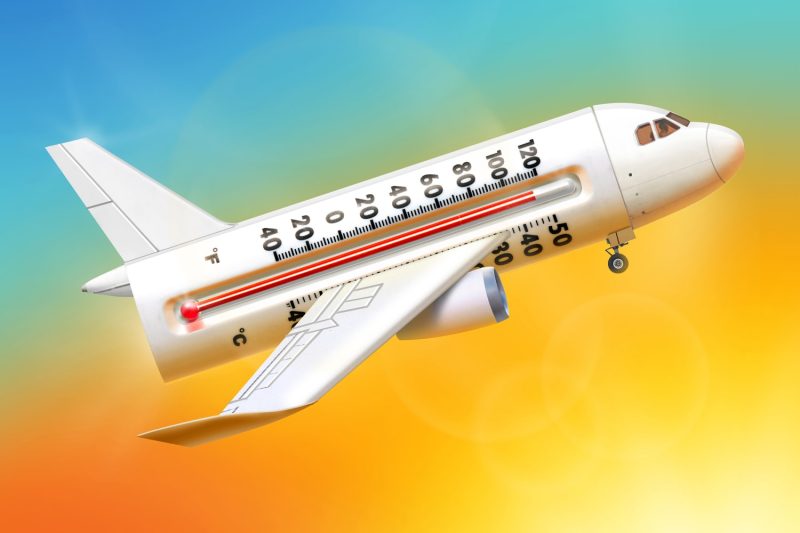Extreme Heat Makes Flying Harder: Airlines and Airports Say They Aren’t Sweating It
In recent years, the aviation industry has been facing a new challenge: extreme heat. As temperatures soar around the globe due to climate change, airlines and airports are grappling with the impact on flight operations. While extreme heat can affect various aspects of flying, including aircraft performance and passenger comfort, airlines and airports are taking steps to adapt to these changing conditions.
One of the key issues that airlines and airports face during periods of extreme heat is the impact on aircraft performance. High temperatures can affect an aircraft’s engine performance, making takeoff more challenging. In some cases, airlines may need to reduce the number of passengers or cargo on a flight to ensure a safe takeoff. Additionally, extreme heat can impact the density of the air, which can affect the lift generated by the wings of an aircraft. This can result in longer takeoff distances and reduced climb rates, adding complexity to flight operations.
To mitigate the impact of extreme heat on aircraft performance, airlines are employing various strategies. Some airlines are using special engine thrust calculations that take into account the temperature at the departure airport. By adjusting the thrust settings based on temperature, airlines can optimize performance and ensure safe takeoffs even in high-temperature conditions. Additionally, airlines are implementing weight restrictions on flights during periods of extreme heat to ensure that aircraft can take off safely.
In addition to affecting aircraft performance, extreme heat can also impact passenger comfort and safety. High temperatures on the tarmac can make boarding and disembarking aircraft uncomfortable for passengers. To address this, airports are taking steps to provide cooling misting stations and shaded waiting areas for passengers. Airlines are also increasing their focus on cabin cooling systems to ensure that passengers remain comfortable during hot weather.
Despite the challenges posed by extreme heat, airlines and airports are confident in their ability to adapt to these changing conditions. Many airlines have comprehensive heat-related operating procedures in place to ensure the safety and comfort of passengers and crew. Airports are also investing in infrastructure upgrades to better handle extreme heat, such as improving runway surfaces to prevent softening during high temperatures.
While extreme heat may present challenges for the aviation industry, airlines and airports are proactively addressing these issues to ensure safe and efficient flight operations. By implementing innovative strategies and investing in infrastructure improvements, the industry is proving that it is well-equipped to handle the impacts of climate change on aviation. As extreme heat becomes more prevalent, the aviation industry will continue to evolve and adapt to ensure that flying remains safe and reliable for passengers around the world.

